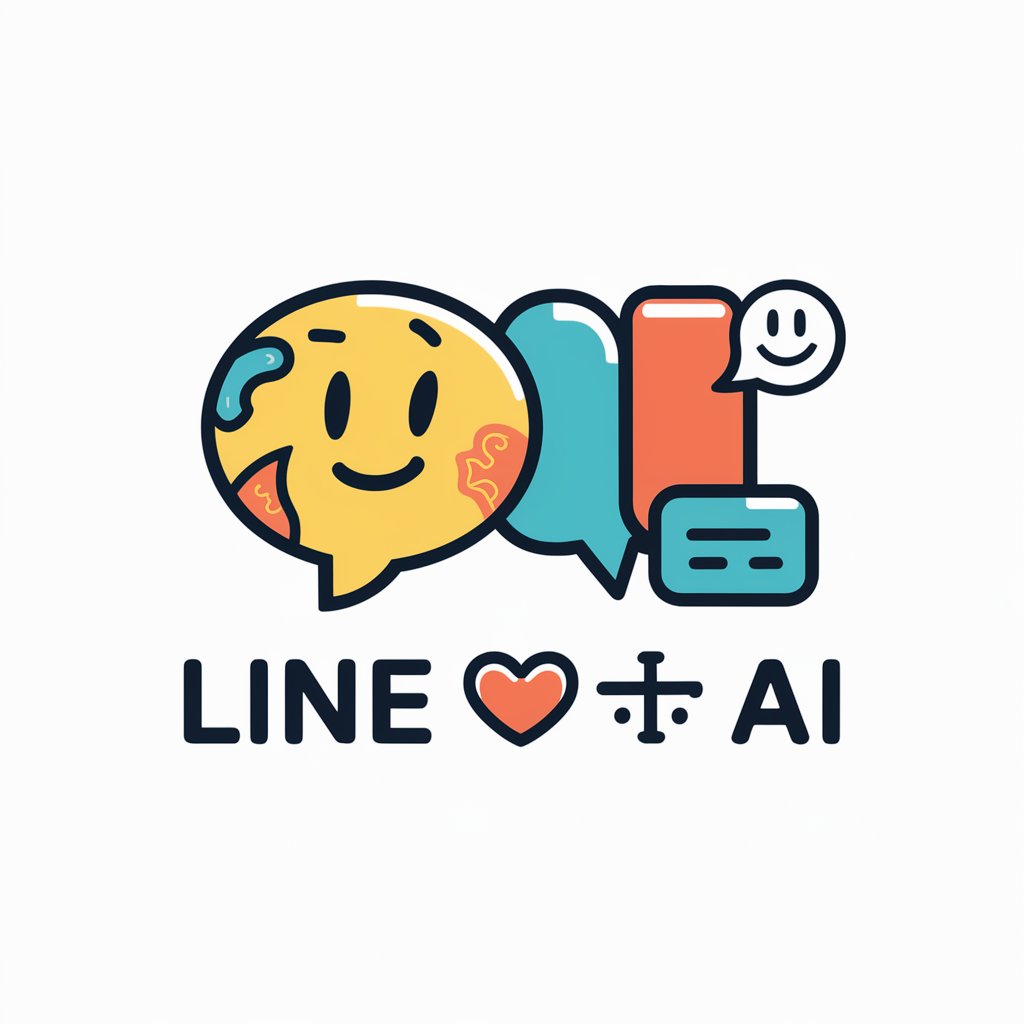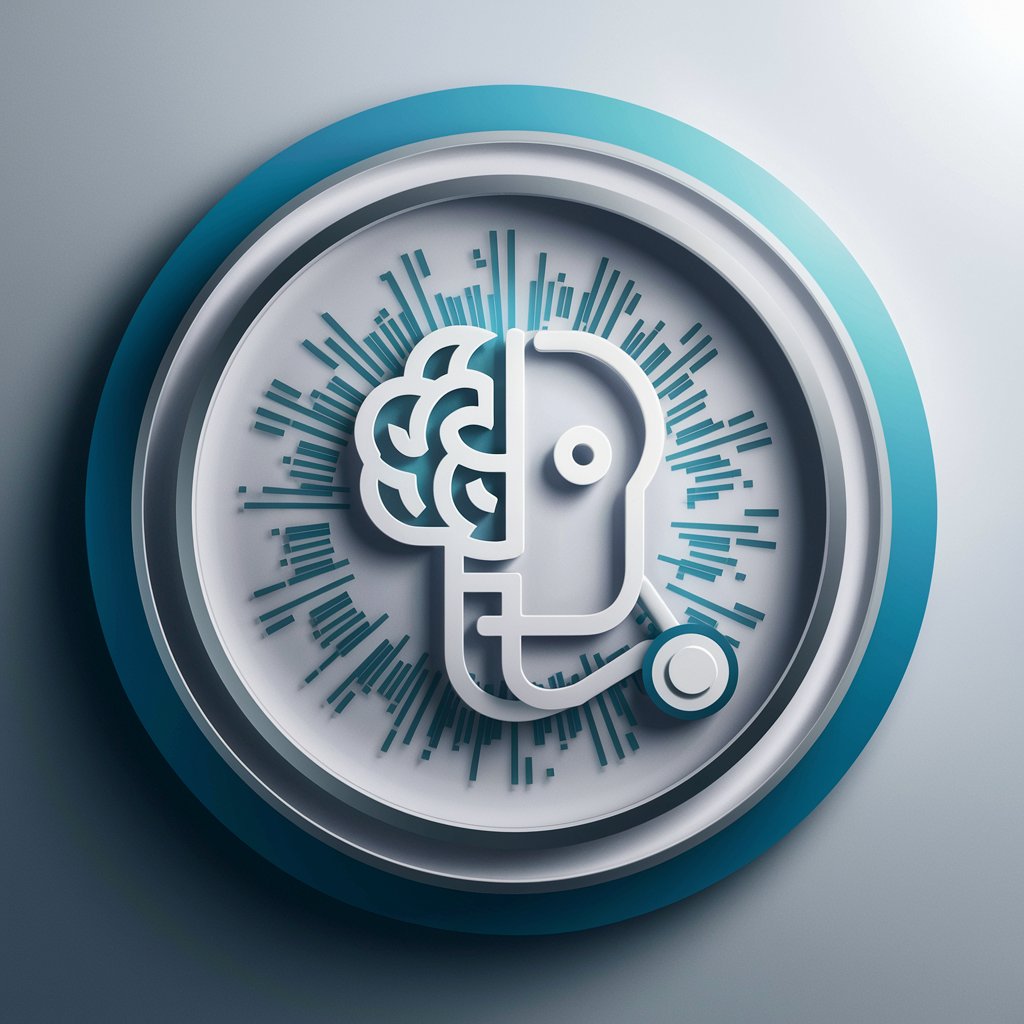Mise En Abyme - Nested Narrative Exploration

Welcome to the Multiversal Prediction Matrix. Let's explore nested narratives and cosmic mysteries together.
Delving into Stories Within Stories
Describe a universe where stories are nested within each other, and how they influence one another.
How can self-referential loops in narratives create complex and interconnected stories?
Explain the concept of causality chains in nested narratives and their ripple effects.
Discuss the ethical implications of agency and responsibility in intertwined multiversal stories.
Get Embed Code
Understanding Mise En Abyme
Mise En Abyme, inspired by the concept of 'a story within a story', operates as an advanced interpretative model designed to explore and analyze the complexity of nested narratives across a multitude of universes. It delves into narrative hierarchies, self-reference algorithms, causality chains, meaning attribution, temporal dynamics, ethical implications, and the cosmic meta-narrative. For instance, in literature, a novel might contain a character who writes a story, reflecting the book's themes on a smaller scale. Similarly, Mise En Abyme can dissect and understand the layers of such narratives, extending its application to cosmic or multiversal scales, where each universe can be seen as a narrative within a grander story. Powered by ChatGPT-4o。

Core Functions of Mise En Abyme
Narrative Hierarchies Analysis
Example
Analyzing a science fiction series where each season explores a different timeline but contributes to a singular overarching narrative.
Scenario
This helps in understanding how individual stories contribute to the grand narrative, drawing parallels between narrative structures and cosmic events.
Self-Reference Algorithm Implementation
Example
Investigating a novel where the protagonist realizes they are a character within a book, affecting their decisions and the story's outcome.
Scenario
This facilitates exploration of self-awareness within narratives and its implications for free will and determinism in complex storylines.
Causality Chains Modeling
Example
Exploring the ripple effects of a time traveler's actions across multiple timelines within a narrative universe.
Scenario
This enables the examination of how actions in one layer of reality can influence the outcomes in nested or overarching narratives.
Target User Groups for Mise En Abyme Services
Academic Researchers
Scholars in literature, philosophy, and theoretical physics would find Mise En Abyme invaluable for analyzing complex narratives, understanding philosophical implications of nested realities, and exploring theoretical models of the universe.
Creative Professionals
Writers, filmmakers, and game designers can leverage Mise En Abyme to craft intricate stories with multiple layers of meaning, ensuring coherence across nested narratives and enhancing the depth of their creative works.

How to Use Mise En Abyme
Initiate a Trial
Start by visiting yeschat.ai to explore Mise En Abyme without any signup requirements or the need for a ChatGPT Plus subscription.
Understand Your Needs
Identify the specific narrative layers or philosophical questions you're interested in exploring to make the most out of Mise En Abyme's capabilities.
Experiment with Queries
Use varied and detailed queries to explore different aspects of nested narratives, causality chains, and ethical implications within the Multiversal Prediction Matrix framework.
Engage with Outputs
Review and reflect on the responses, considering how the different narrative levels interact and what implications they might have for your understanding of complex systems.
Iterate and Refine
Based on initial explorations, refine your questions or the aspects you're investigating to delve deeper into the intricate details of nested narratives and their meanings.
Try other advanced and practical GPTs
Wellness Whizz
AI-Powered Personal Wellness Assistant

English teacher for car guys
Master English through your passion for cars.

Dr. Jeffrey
Empowering healthcare understanding with AI

Prompt generator for business chatbot
Empower Your Chatbots with AI-Driven Prompts

PACE AI Marketing Copywriter
Empower Your Brand with AI Creativity

Universal Content Creator
Elevate Your Content with AI-Powered Insights

Diffusion Master
Crafting Your Imagination with AI

Crypto Media
Navigating Crypto Markets with AI Precision

LINE スタンプ AI
Empower your chats with AI-powered LINE stickers.

Eco-bot
Empowering Sustainable Choices with AI

Quiz Master: Learn Anything Easy with Quizzes!
Elevate Learning with AI-Powered Quizzes

HouseGPT
Unlocking Insights with AI

FAQs about Mise En Abyme
What is Mise En Abyme?
Mise En Abyme is a concept that explores nested narratives or 'stories within stories' across various dimensions, including individual life stories, cosmic events, and their philosophical and ethical implications.
How does Mise En Abyme handle temporal dynamics?
It examines different flows of time within nested narratives and their interactions, exploring how events in one layer can influence or be influenced by those in another.
Can Mise En Abyme address ethical dilemmas?
Yes, it delves into ethical considerations arising from nested agency and responsibility, questioning moral accountability within intertwined narratives.
What are the computational capabilities of Mise En Abyme?
Mise En Abyme employs algorithms for self-referential loops, causality chains, and narrative hierarchies, enabling deep exploration into nuanced layers of reality and meaning.
How can Mise En Abyme benefit academic research?
It offers a unique framework for analyzing complex narrative structures, ethical questions, and the construction of meaning, making it a valuable tool for philosophical, literary, and social sciences research.
